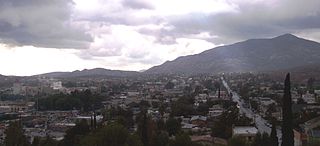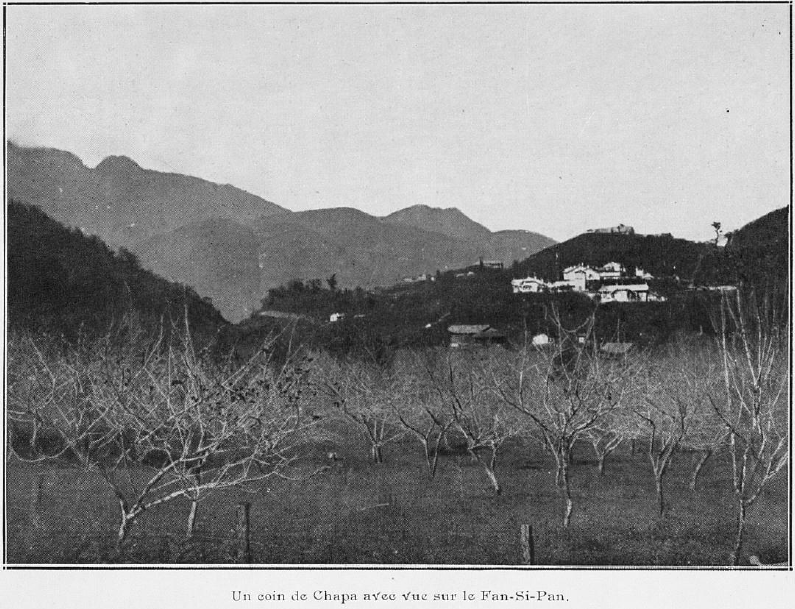Fan-Si-Pan
Rigardante kelkajn frazojn en ĉi tiu alineo sur paĝo 4 de Finnegans Wake, ni eblas trovi montnomojn kaŝitajn en la teksto, kelkaj tre konataj loknomoj, kaj kelkaj ne.
Looking back at a few sentences in this
paragraph on page 4 of Finnegans Wake,
we may find mountain names hidden in the text,
some well-known place-names, and some not.
the Verdons catapelting the camibalistics
out of the Whoyteboyce of Hoodie Head.
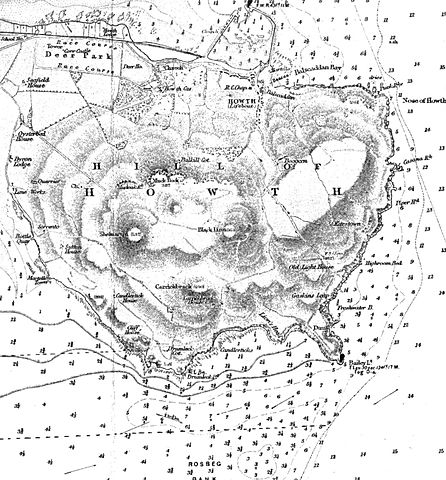
Howth Head (Hoodie Head)
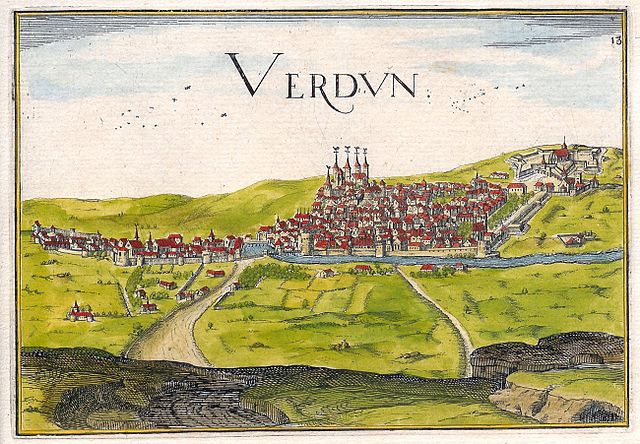
Verdun (Verdons)
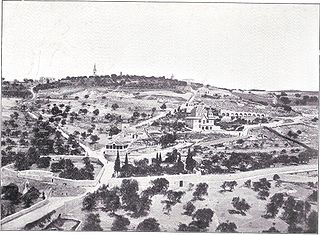
Har ha-Zeitim, Mount of Olives (bidimetoloves)
what cashels aired and ventilated!
What bidimetoloves sinduced by
what tegotetabsolvers!
Por aserti, ke Joyce faris ia referenco, kaŝita aŭ evidenta, al io, ie, aŭ iu, mi provas trovi ambaŭ referencon al persono, loko, aŭ afero, kiun Joyce eble konis kaj ian kialon por inkluzivi tian referencon.
Tecate, Meksiko, estas landlima urbo ĵus sude de Kalifornio, Usono en la Duoninsula Montaro ĉirkaŭ 55 kilometrojn oriente de Tijuana, Meksiko. Tecate Peak estas ĝuste trans la limo en Kalifornio.
“Tabsolvers” eble devenas de Calo. La kalo lingvo estas parolata de la Romani hispana kaj portugala : 3
‘ta sobelar’ signifas “kiel trankviliĝi”.
Kaj nun, kio estas la sekva monto, kiun ni trovos en Finnegans Wake?
In order to assert that Joyce was making
some kind of reference, vague or obvious,
to something, someplace, or some person,
I try to find both a reference to such
a person, place, or thing that Joyce may
have been able to know, and a reason for
him to include such a reference or name.
Tecate is a border town just south of
California, USA in Peninsular Ranges,
55 kilometers east of Tijuana, Mexico.
Tecate Peak is just across the border
in California.
'tabsolvers' may come from Calo.
The Calo language is spoken by the
Spanish and Portuguese Romani:
'ta sobelar' means "as if to repose".
And now, what is the next mountain we
find in Finnegans Wake? Fan-si-pan.
how hath fanespanned most
high heaven the skysign
of soft advertisement!
Phan Xi Păng estas la plej alta punkto en Vjetnamio. Kiel eble Joyce eksciis pri ĉi tiu monto? Michaud kaj Turner publikigis paperon en 2006, kiu inkluzivas referencon al publikigo el 1924 verkita en la franca, kiu mencias Fan-Si-Pan.
Phan Xi Păng is the highest point in Vietnam.
How did Joyce find out about this mountain?
Michaud and Turner published a paper in 2006
that includes a reference to a 1924 publication
written in French that mentions Fan-Si-Pan.
Kaj kial Joyce mencius ĉi tiun monton? En 1925, franca akademiulo malkovris pli ol 30 pecojn da ŝtono, kiuj estis skulptitaj per diversaj bildoj proksime al ĉi tiu monto..
And why would Joyce mention this mountain? In 1925,
a French scholar discovered more than 30 pieces of
stone that had been sculpted with various images
near this mountain.
Jen, esperante.
iel superarkita plej
alta ĉielo la aŭguro
de mola reklamo!
- Montoj kaj montetoj provizis al la homaro
- plurajn gravajn avantaĝojn tra la historio:
- Loko por konstrui fortikaĵon.
- Loko por enterigi mortintajn familianojn.
- Loko por trovi maloftajn naturajn rimedojn.
- Terlimŝtono por vojtrovado en regiono.
Mountains and hilltops have offered humanity
several important advantages through history:
A site for building a stronghold.
A place to bury dead family members.
A location to find rare natural resources.
A landmark for wayfinding in a region.
So, Joyce indicates here that his
subtext may provide similar advantages
throughout the text of this literary
puzzle known as Finnegans Wake!
Reading through the Wake, you will
find names of historic figures,
names of places around the globe,
different types of food and other
resources, and historic events.
Do, Joyce indikas ĉi tie, ke lia subteksto povas doni similajn avantaĝojn tra la teksto de ĉi tiu literatura enigmo konata kiel “Finnegans Wake!”
Tralegante la “Finnegans Wake”, vi trovos nomojn de historiaj figuroj, nomojn de lokoj ĉirkaŭ la globo, diversajn specojn de manĝaĵoj kaj aliajn rimedoj, kaj historiaj eventoj.
referencoj/references
-
Joyce, James, “Finnegans Wake”, 1939, p. 4. http://finwake.com/01/01.htm#4 ↩
-
Joyce, James, “Finnegans Wake”, 1939, p. 4. http://www.finnegansweb.com/wiki/index.php/Page_4 ↩
-
Michaud, J. and S. Turner, “Sa Pa, A Hill Station in Vietnam”, 2006 ↩
-
Livret-Guide de Chapa (Syndicat d’initiative de Chapa 1924) ↩

